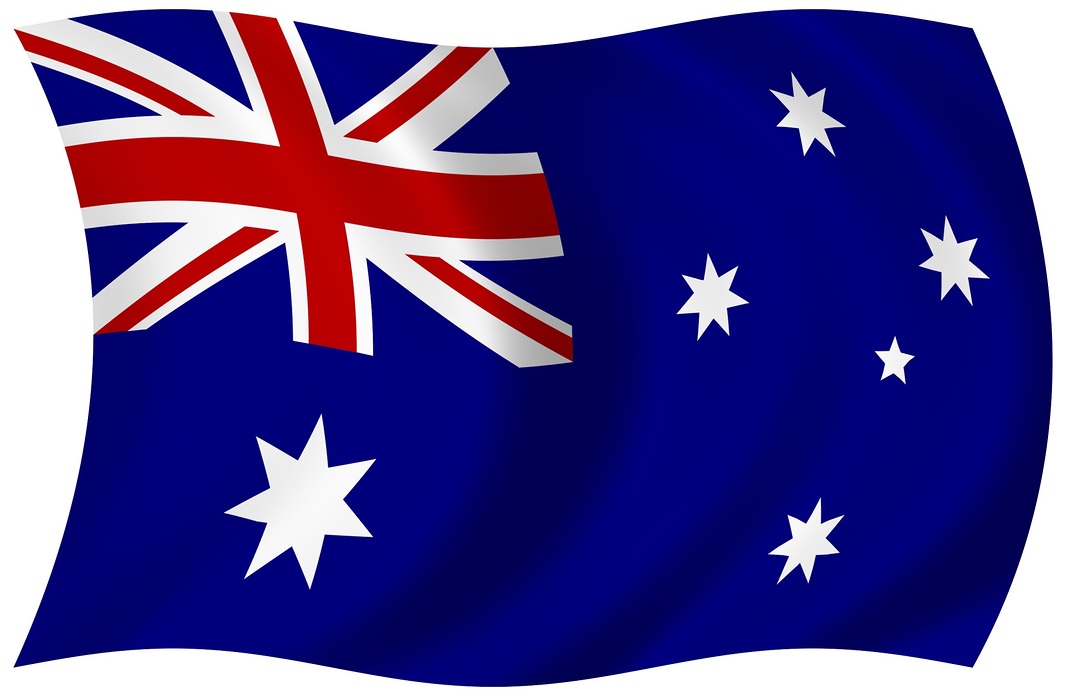by Lisa Yashar, WTP Advisors
———-
In the case Loper Bright Enterprises v. Raimondo, regarding a U.S. law governing marine fisheries management, the Supreme Court overturned the longstanding Chevron Doctrine. Its impact will be wide-reaching, providing opportunities to challenge agency interpretations of laws. This includes the treasury regulations under IRC § 482.
What is the Chevron Doctrine?
The ‘Chevron Doctrine’ or ‘Chevron Deference’ refers to the doctrine of judicial deference given to administrative action and has been a key principle of administrative law for 40 years. Prior to the Loper Bright decision, a court had to defer to a federal agency’s interpretation of its ambiguous statute so long as that interpretation was reasonable. The Supreme Court overturned the longstanding Chevron Doctrine in Loper Bright, stating that courts must exercise independent judgment in determining the meaning of statutory provisions.
Will the reversal of the Chevron Doctrine impact Transfer Pricing?
Why would a case about fishing impact transfer pricing? The Loper Bright decision will likely result in more legal challenges to the IRS and Treasury Department’s interpretation of tax statutes and could materially impact the outcome of ongoing transfer pricing cases. The Loper Bright decision states that lower courts must still defer to agencies if the statute has a clear congressional delegation of authority. While Congress granted the IRS authority under Code § 482, the regulations under § 482 may not be as clearly protected. The IRS believes it will see more legal challenges to its transfer pricing rules.





Leave a Reply